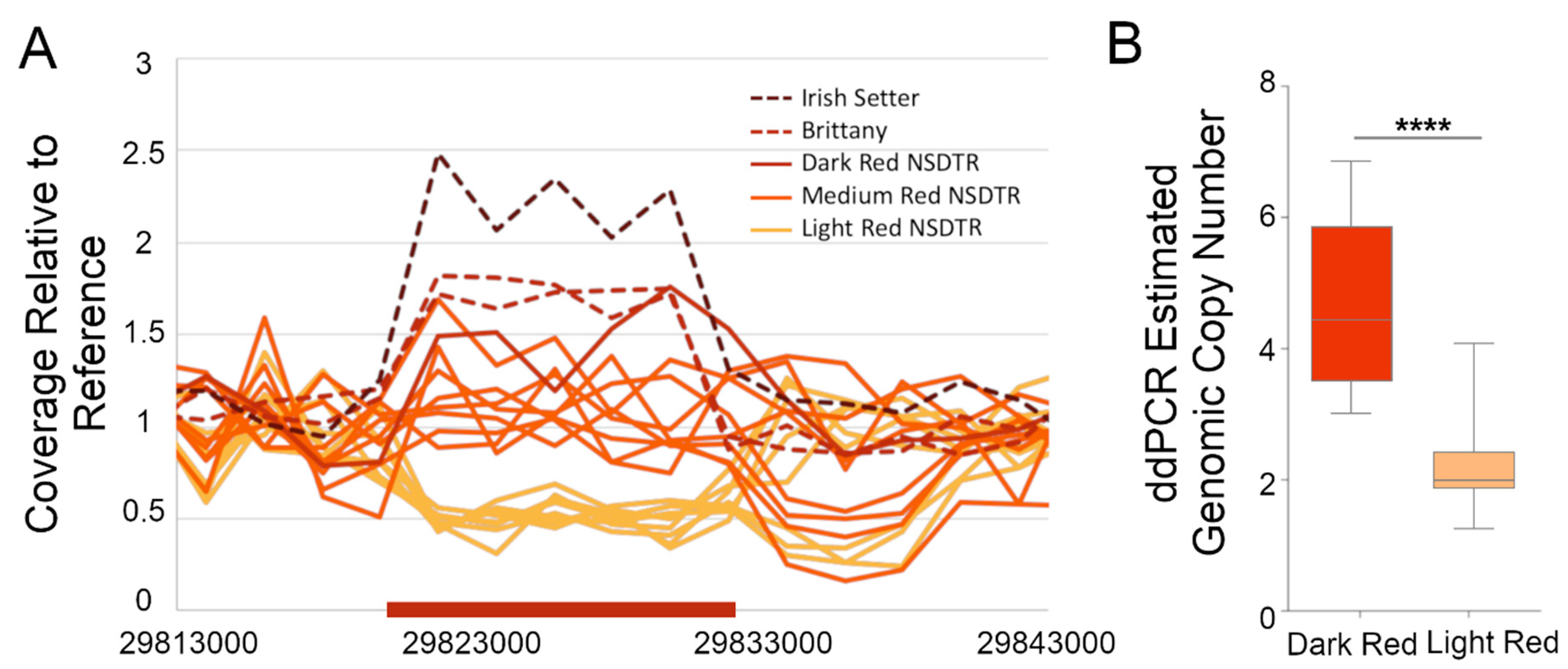

It’s a little less flexible, but the reference imports are easy and very fast. Endnote allows browsing several databases from within the program as well. The file should show up in your library if not you just need to import it from where it was saved.

Regardless of which one you are using, just click and choose your program.

If you are at a journal’s website and want to save a reference, most have a link that says “Download to reference software”. Endnote has good import filters since it’s the most popular program. If you break it up into small libraries on different subjects, you might end up doing multiple searches. I created one big library for my references so that I can search for anything. How do you use it?Įndnote is a great program. There are more options on the market now, so the prices may start to come down in the future. One caveat is that Thomson Corporation owns the top three reference manager programs Endnote, Reference Manager and Procite. I actually played ultimate frisbee with a couple of the programmers for Endnote in Philadelphia, and they assured me the new code was a good thing. It’s a disadvantage, though the upgrades have all been good. They tend to upgrade to a new version once every year or two, which means you have to spend another $100.00.

UC Davis actually bought a campus-wide license last year. It is a proprietary program, though an educational discount through a college or university makes it much more affordable. It’s been around for many years, and is flexible and fairly easy to use. The market leader in reference software is Endnote. Now you need to decide how to choose bibliographic software, and how you will use it. Hard drives have almost limitless memory, and interfaces for saving references electronically have become much more user friendly. All of these electronic references need to be stored somewhere, and paperless filing is becoming a much more viable option. Pubmed also became a huge resource for searching the most recent literature for citations. Starting in the late 90’s, many journals started posting abstracts and full text articles online. Reading and indexing information from the literature used to mean trips to the library with the photocopy card and sitting down with the highlighter to read them. I’m sure most of you out there have a collection of articles gathered from many journals, and neatly (or not) filed away in your office.


 0 kommentar(er)
0 kommentar(er)
